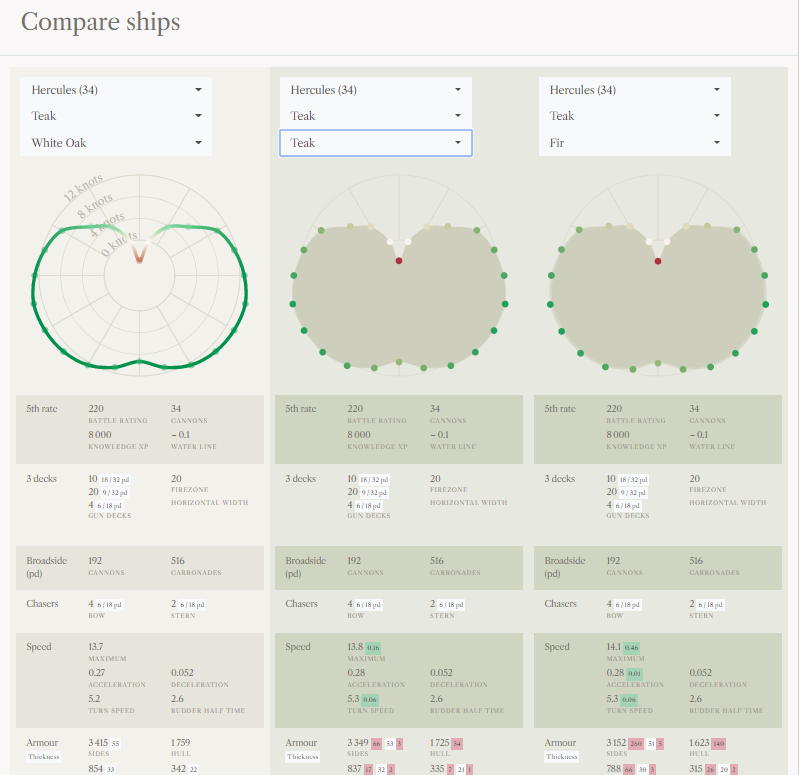
Realistic 3D graphics with advanced smoke and water.ĭetailed maps on all main nations. When you look at this icon the game will play the right animation. Each in game naval unit will have an icon on the screen. You will be able to fight with ships that will look like the real ships you can see in real life.

If you lose one map, you will start the next one. Each campaign map will have some various levels of difficulty. The game will play several matches to complete the campaign depending on the difficulty.

They will arrive to your location in waves.

When you reach the higher ranks of naval warfare you will be able to call for several naval units. You can fight all naval vessels ranging from small fishing boats, transport ships to big battleships in the game. Monsters can change size and their placement on the map will alter their resistance to various nations and their strength. The game also comes with a tutorial and other tools designed to make you more comfortable with the game.Ĭross-platform play is available: you can play with your friends on multiple platforms.īattles are against optional fleets of monsters that will occasionally appear on the map. The game has advanced turn control system. The game will remember where you left off. There are always several campaigns for you to play. There will be no annoying time or resource limits. You will be able to use all features of the game. Visit is a naval themed turn-based strategy game. (This story is part of a special multimedia report on water produced by AlertNet, a global humanitarian news service run by Thomson Reuters Foundation. “We have a very robust water risk management and mapping program but when the Aqueduct Alliance came around.we realized our efforts are never going to be enough.and that you need all users in a watershed, all stakeholders, to understand the issues and then work together to try and mitigate those risks and those stresses,” Koch told AlertNet. In fact, one of the reasons why the Aqueduct Alliance developed the risk atlas was to help companies become more aware of the environment they operate in rather than just focusing on how they can save water, Otto said. Greg Koch, managing director of Coca-Cola’s Global Water Stewardship, said it was in the company’s business interest to share its water data. Coke denied the allegation but its image was still hurt. The company had to close its plant in the Indian state of Kerala after a drought sparked criticism that it was sucking the water table dry. Residents of Kibera, a slum in Kenya’s capital Nairobi, for example, are using GPS and open-source mapping tools to map water access points and toilets, combining valuable and unique local knowledge with technology.Ĭoca-Cola learned the hard way the importance of engaging with local communities. Techniques range from simple hand-drawn maps to using global positioning systems (GPS), geographic information systems (GIS) and other digital technologies. Local community mapping projects have sprung up all over the world. “If you give communities tools to draw their own maps, you will get more realistic results,” said Nayar, a senior civil servant who has worked on collaborative water management with local people in Tamil Nadu in southern India.

“This is a tool that needs to develop into something more in tune with the reality of local communities,” said Vibhu Nayar, founder of the Centre of Excellence for Change in Chennai, India, which works on mitigating climate change-related water and food crises. They allow users to create detailed high-resolution maps by aggregating and weighing indicators that drive water risk, much of it physical data but also local regulatory structures and media coverage of the issue.Ī small community could use the tool to include data based on its own knowledge of local water challenges, an approach aid agencies and governments have used in participatory mapping projects with local people in many developing countries. The maps, which are powered by previously proprietary Coca-Cola data collected over years of research in locations wherever the world's biggest soft drinks firm had manufacturing sites, are now publicly available for free on the Internet ( here). The promoters say the data should help companies use water more responsibly while helping them to manage their exposure to risk.īut critics fear the data could be used to cash in on an increasingly scarce natural resource - two thirds of people are expected to face water shortages by 2025. The Aqueduct Alliance, which allows users to create maps by combining hydrological data with geographically specific details, gives companies and investors unprecedented detail of water availability in some of the world’s largest river basins. A map contained in the Aqueduct Water Risk Atlas courtesy of the World Resources Institute.


 0 kommentar(er)
0 kommentar(er)
